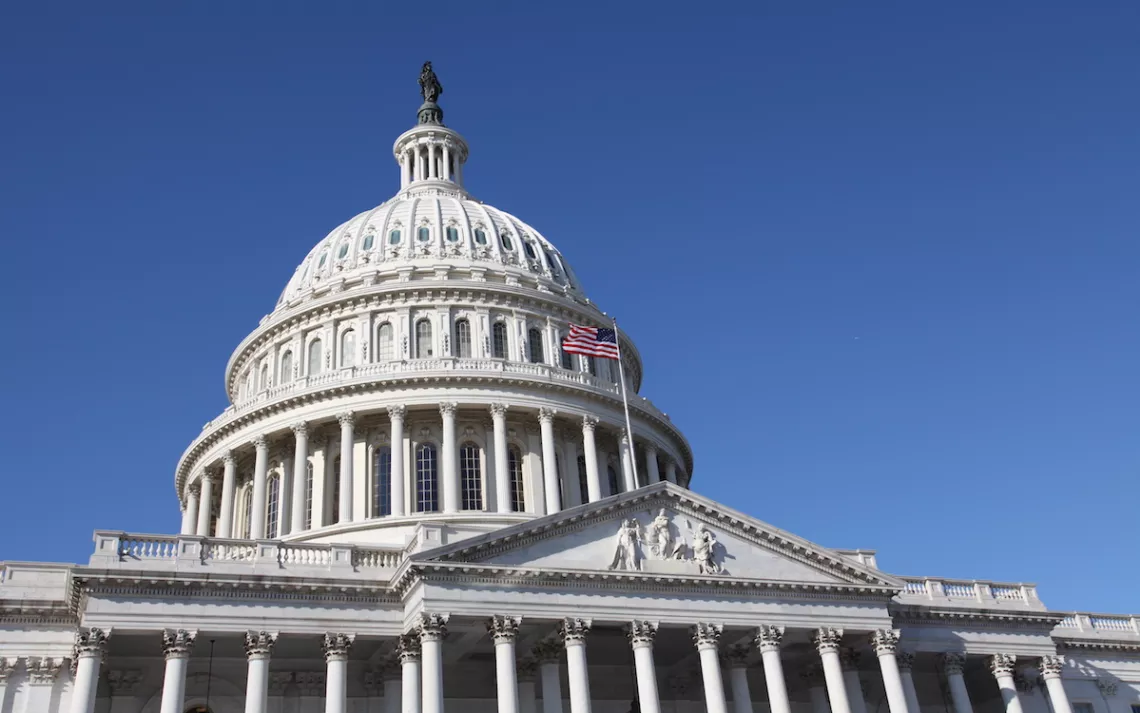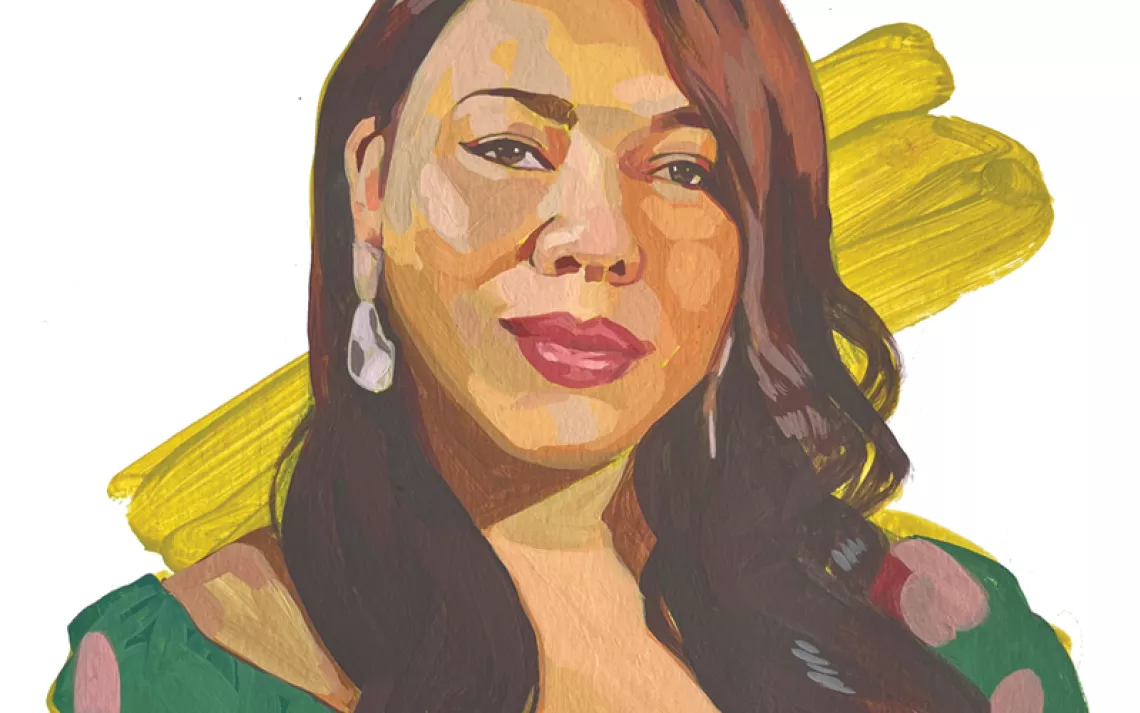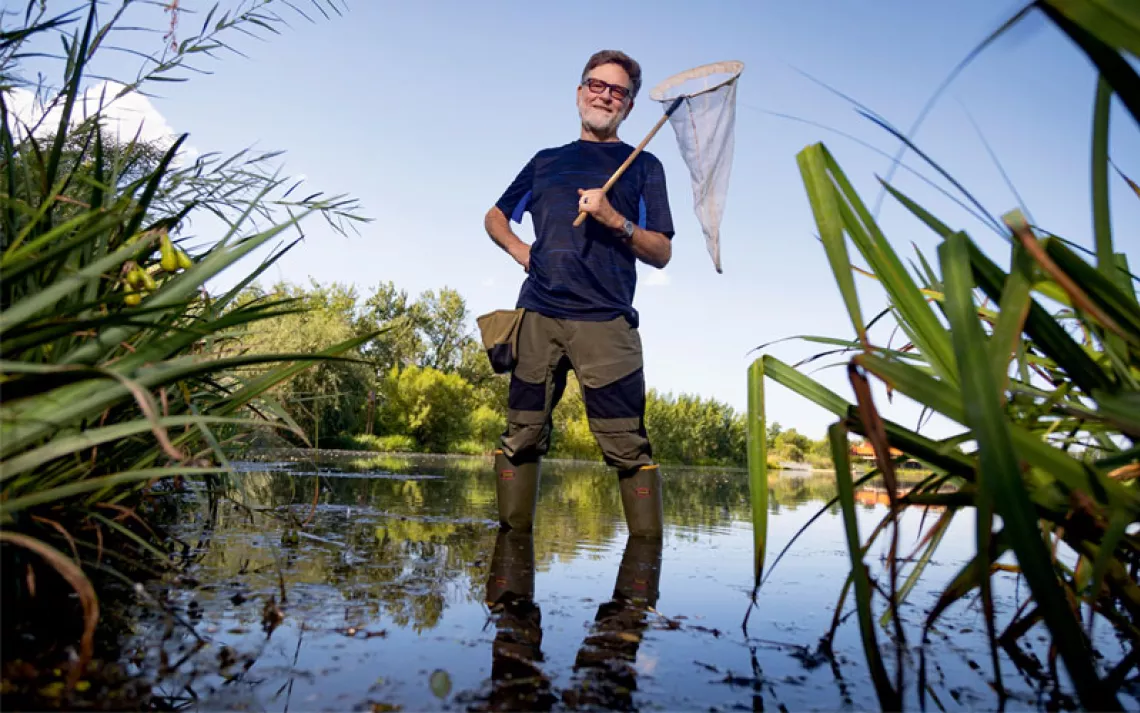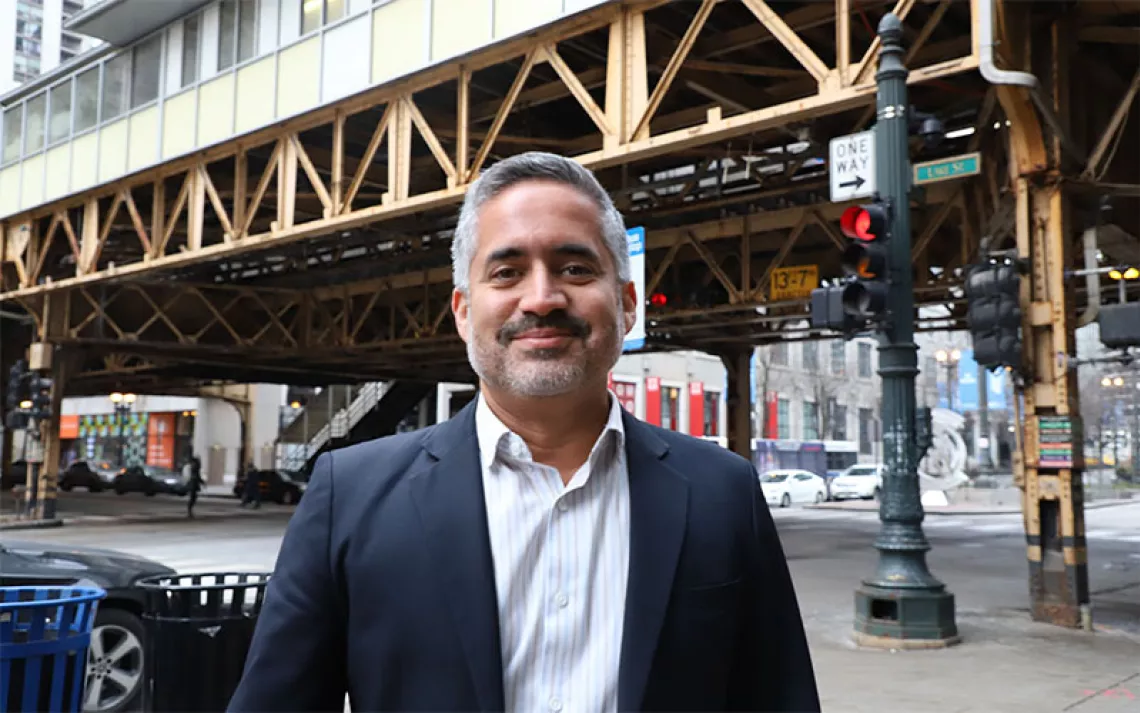Rock Climbers Fight for Public Lands on Capitol Hill
With 60 percent of climbing areas on public lands, stakes are high

Photo by JungKang/iStock
While Secretary of the Interior Ryan Zinke was in Utah this week reviewing Bear Ears and Grand Staircase–Escalante National Monuments, rock climbers flocked to D.C. to fight for these areas.
On Thursday, professional climbers including Tommy Caldwell, Sasha DiGiulian, and Alex Honnold came together with climbing advocacy organizations like the American Alpine Club and Access Fund, plus other members of the outdoor industry, for an event dubbed Climb the Hill. Throughout meetings with congressional representatives and land agency officials, these groups expressed their opposition to the Trump administration’s efforts to roll back the Antiquities Act.
“We’re interested in conservation, we’re interested in public lands, and we’re interested in land management policies that provide good conditions for climbing and climbing environments,” Erik Murdock, policy director with the Access Fund, said. “That’s a unique voice we feel needs to be shared with national lawmakers.”
Sixty percent of climbing areas are on public lands, according to the Access Fund, meaning rock climbers have both an intimate relationship with these places and a serious stake in protecting them. For sponsored athletes who’ve dedicated their lives to climbing or other outdoor sports, areas like the 27 national monuments Trump put under review in his executive order feed their livelihoods and careers. “Virtually everywhere I climb is on public lands,” Alex Honnold wrote in an Instagram post on Wednesday with a photo of Yosemite Valley.
When President Obama designated Bear Ears a national monument in the final days of his presidency, it was a major win for the climbing community. The monument’s 1.35 million acres, just south of Moab, house thousands of world-class climbing routes and iconic destinations like Indian Creek and Valley of the Gods. But the region is also threatened by energy extraction and mining development, threats which climbers, conservationists, and local Native American tribes fear will dominate if federal protections are stripped away.
The day featured upward of 50 meetings, with participants divided into groups by geography. Pro-climber and Adidas athlete Libby Sauter, originally from Las Vegas, spoke about the importance of Red Rock Canyon when she was growing up. Even as a young climber in middle school, she said, Red Rock felt “wild and far away from town and removed.” Now that isolation is jeopardized by the Blue Diamond Hill development—a plan to build over 5,000 homes at the edge of the conservation area, which could open up the canyon to light and traffic pollution—as well as future projects.
Conveying those personal connections with landscapes is vital, according to Sauter, who was on a team “with a lot of really strong policy wonks.” As climbers, she said, “[we] create a story that a senator or congressperson can bring back to their constituents.”
But, Sauter added, money talk also goes a long way. Outdoor recreation generates $887 billion in consumer spending and another 7.6 million jobs per year in the United States. “When you start throwing around the economic numbers, it’s a unifying thing. Both left and right need funding in this political environment.”
Murdock agreed. “Without those lands, we lose incredible opportunities that are provided to the American people. Also, incredible opportunities to advance economic growth in a lot of rural communities across the country.”
Beyond the Antiquities Act, the Climb the Hill contingent advocated for lawmakers to further support recreation nationally, with concrete actions like joining the outdoor recreation caucuses in the House and the Senate, and voting for the Recreation Not Red-Tape Bill. The bill would hasten the permitting process for recreational guides; offer more opportunities for kids, seniors, and military veterans to get outside; and provide additional maintenance for public lands.
At the end of each meeting, Sauter said her team would ask what they could do in the future for public lands. “Everybody said continue to reach out. We need more vocal support, we need to be writing letters, and we need to continue the call to action that’s been spurred.”
 The Magazine of The Sierra Club
The Magazine of The Sierra Club







